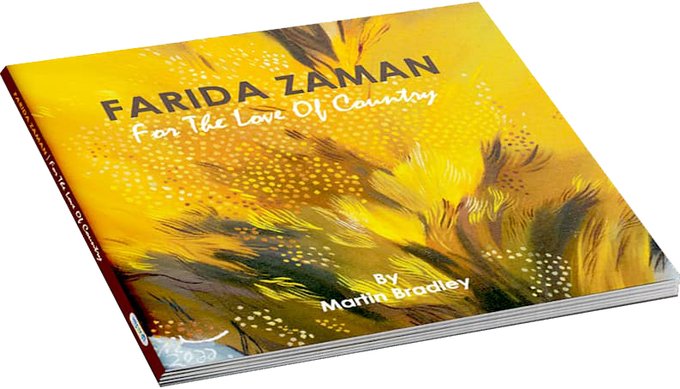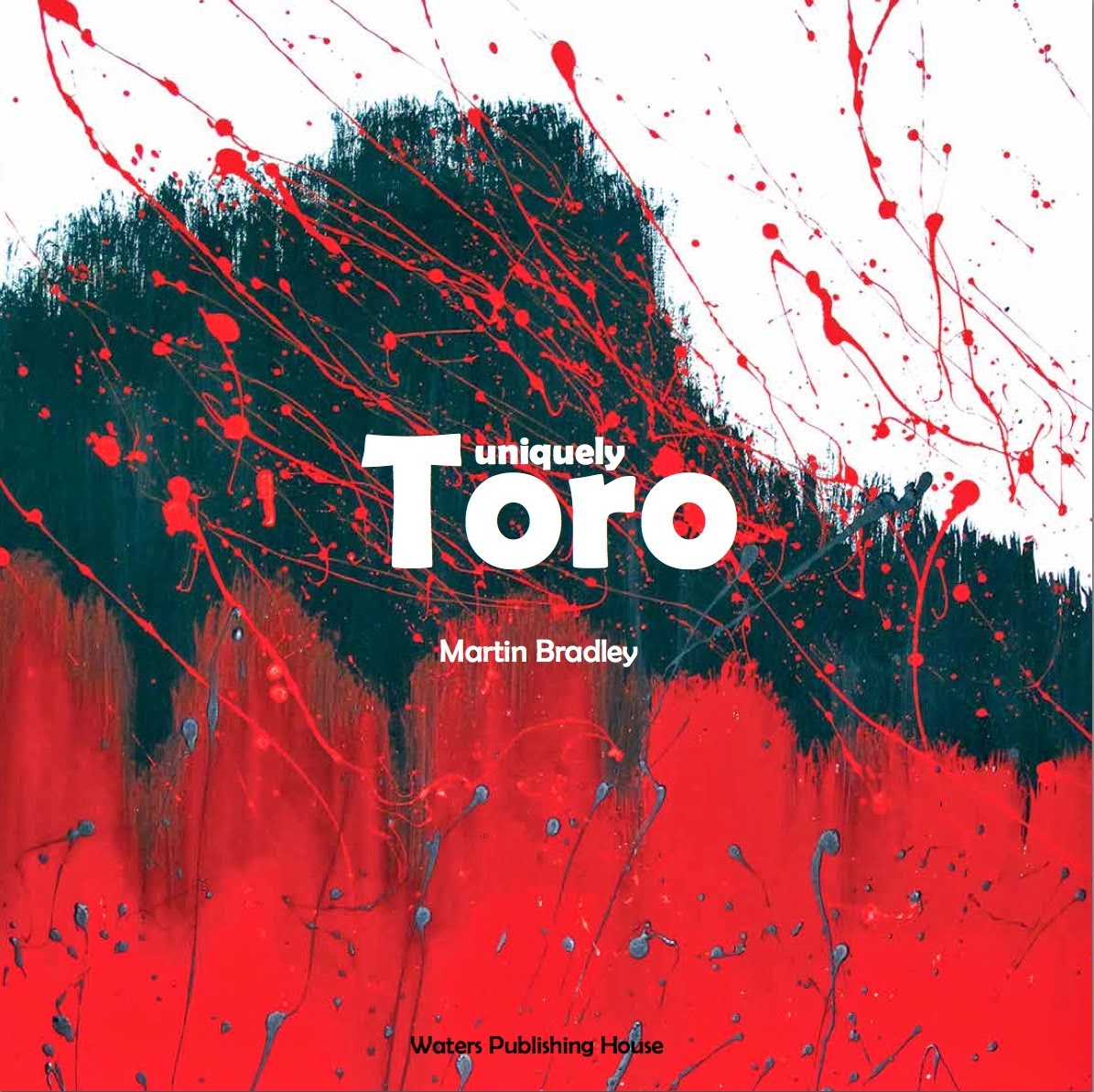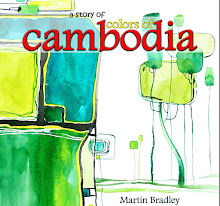Tuesday 19 December 2017
Histories, Practices, Interventions: A Reader in Singapore Contemporary Art, A Re-View
Histories, Practices, Interventions: A Reader in Singapore Contemporary Art, edited by Jeffery Say and Seng Yu Jin. Published by the Institute of Contemporary Arts Singapore, Lasalle College of the Arts, 2016, is a ‘reader’, an anthology. Although it is, specifically, a ‘reader’ concerning textural undertakings with regard to Singaporean writing about contemporary art, I look at this volume as an object.
Some while ago, when the physicality of the ‘book’ was hot off the press, Jeffery (Say) had asked me if I would care to write a review. I immediately said yes. He sent a copy to my Kuala Lumpur address. Due to the vagaries of the Malaysian postal system the book has never arrived.
I continued to be eager to review the book. I asked if I could arrange for a friend to collect another copy from Lasalle, in Singapore, and have him physically transport the same to Cambodia, where my wife would collect it and transport it to me, in Kuala Lumpur. With thanks to those involved in getting this book into my hands, this is the review, incidentally written in Spain. It is a well travelled book.
At first glance, the physical book Histories, Practices, Interventions: A Reader in Singapore Contemporary Art (housing a collection of writings from illustrious and erudite art historians such as TK Sabapathy), successfully promotes the overt impression of esoteric contemporaneity. The book design (by Every Matter, Singapore) demonstrates, and quoting from Gunalan Nadarajan (and a passage within the book) a “commitment to alternatives”, “a sense of discomfort” and “a willingness to take risks” (p3). The risky design of the book reaches to aesthetically enhance a notion of the contemporary. The design triumphantly highlights the tome’s ephemerality (a partial book cover, partially glued), leaving its delicately thin paper contents vulnerable and therfore impermanent. In turn, it provokes the thought that the design itself denies the concept of book cover its raison d'être, i.e. to cover and to protect. Thin paper becomes necessary for this book, due to its already imposing girth, weighing in, as it does, at 412 pages, and the final words (by Tan Boon Hui) are printed on the inside of the, equally thin, card, back cover.
The first presenting page in the volume, bears the legend “Dear Mr President, I am an artist, I am important, Yours sincerely Tang Da Wu.” It is a note from 1995. We are informed (on page IV), that those poignant words are taken from a performance piece “Please Don’t Give Money to the Arts”, by Tang Da Wu, recreated for a Fukuoka Asian Culture Prize exhibition, Japan.
Sadly, by the time that I was able to read the book, some abrasive substance had made its mark across the right hand side of the first page, hence my comment about vulnerability. The colour photographic image of a thumb has the print ripped from it. At first I wondered if this were deliberate. Perhaps it was a profound statement about fragility, ephemerality, deliberately made to draw emphasis to the printed statement and, ultimately, to the contents of the book. I touched the damage, concluding it to be very real and, finding the culprit (its bubble wrap pocket and glued flap to which the missing print adhered) seemingly accidental. The rip (reminiscent of the cover of an album by The Mothers of Invention) offered itself up as a single mar on my single copy.
That aforementioned ambiguity, brought about by the marked cover and the potentially significant stigma, proffered itself as a critique concerning the art of contemporaneity. Frequently, by becoming Sophist with meanings and pronouncements, contemporary art allows itself to become transfixed on twin horns of dilemma (or double lemma). Its novelty provokes adoration and praise akin to the Emperors New Clothes, amongst the self proclaimed elite. This, naturally, becomes counter balanced by damnation for that very intellectual elitism, and the continuing use of justifications and dialogues observed by those outside of the ‘in crowd’ as confiscating and opaque in its writings and justifications.
The image of a group of San Francisco’s Museum of Modern Art visitors, in 2016, gazing in awe at a pair of eye glasses, unable to distinguish between art and artifice, comes to mind. Serious writers about contemporary art, perhaps Singaporean ones, may have galvanised their critical senses in defence of this. Reminiscent, for some, of Oscar Wilde’s fox hunting maxim (that of the unspeakable in pursuit of the uneatable).
The book Histories, Practices, Interventions: A Reader in Singapore Contemporary Art bears the existential (and literal) weight of its being, through this tremendous undertaking, for there is the (undisputed) claim for the book to be the first of its kind, certainly in Singapore. As Sabapathy indicates (in the Foreword), the book contains 33 texts, spanning 40 years of Singaporean writing about contemporary art. Therefore, in a very real sense, the book becomes an exercise of writing about writing about art, with art, contemporaneous or not, being a tad displaced out of the necessity to draw attention to the oft overlooked practice of art writing. In the Preface to this collection, editors Jeffery Say and Seng Yu Jin suggest that the book is a resource, a bridge ‘between readers and art writing’. They further suggest that the book is a catalyst for ‘the proliferation of critical dialogue on contemporary art’, in fairness to the engineers of this endeavour, tempus narrabo (time, will tell).
As a final note, it would be apt, and more convenient, were this book and its erudite contents available as an ebook.
Martin Bradley, Catalonia, December 2017.
(923 words)
Subscribe to:
Posts (Atom)







